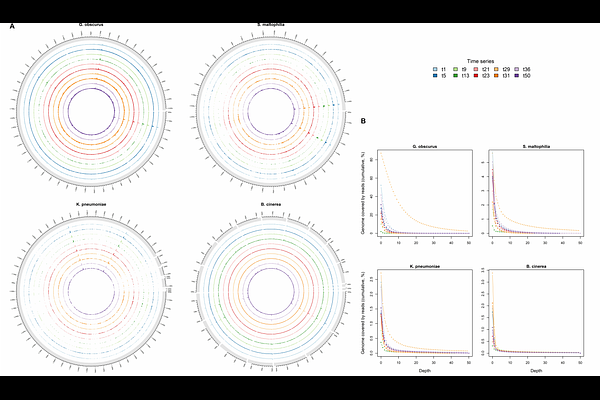Dust storm-driven dispersal of potential pathogens and antimicrobial resistance genes in the Eastern Mediterranean

Dust storm-driven dispersal of potential pathogens and antimicrobial resistance genes in the Eastern Mediterranean
Erkorkmaz, B. A. A.; Zeevi, D.; Rudich, Y.
AbstractThe atmosphere hosts a microbiome that connects remote ecosystems but remains underexplored. In this study, we employed metagenomics to examine the ecological roles of the atmospheric microbiome, including the dispersal of potential pathogens and antibiotic resistance genes, and its response to temperature fluctuations and dust storms intensified by climate change. We analyzed air samples from non-dusty conditions and Middle Eastern dust storms, identifying several facultative pathogens like Klebsiella pneumoniae, Stenotrophomonas maltophilia, and Aspergillus fumigatus, linked to human respiratory diseases, and others like Zymoseptoria tritici, Fusarium poae, and Puccinia striiformis, harmful to wheat, associated with dust storms and rising temperatures. We observed increased functions related to antibiotic resistance, including beta-lactams, aminoglycosides, and fluoroquinolones, and virulence factors during dust storms. Our findings suggest that dust storms may spread these traits. Continuous monitoring is crucial to understand the broader implications of dust storms and temperature increases on the atmospheric microbiome amid climate change, emphasizing the need for a One Health approach to global climate challenges.